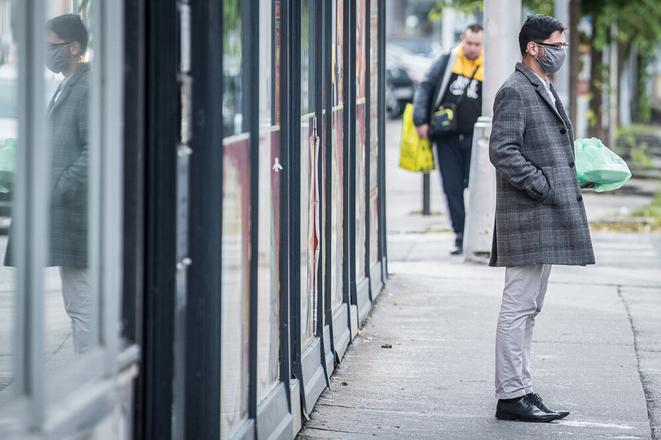Capacity limits and restrictions to some opening hours will be cancelled as of next Monday, March 14. As a result, the only anti-pandemic measures that will remain in place concern the wearing of masks and FFP2 respirators.
Originally, the government planned to relax the measures just at the end of March.
Our paywall policy:
The Slovak Spectator has decided to make all the articles on the special measures, statistics and basic information about the coronavirus available to everyone. If you appreciate our work and would like to support good journalism, please buy our subscription. We believe this is an issue where accurate and fact-based information is important for people to cope.
“The current situation makes it possible to lift the pandemic measures again,” Health Minister Vladimír Lengvarský (OĽaNO) told the press after the March 9 cabinet session.
Moreover, the antigen testing secured by the hospitals, which currently costs €5, will end next Monday as well, since the test result is no longer required when entering a shop or some other premise.
The cabinet also decided on cancelling the requirement to undergo a mandatory PCR test when arriving in Slovakia from certain countries by plane from March 14.
The details are to be specified by the ordinances, which the Public Health Authority (ÚVZ) plans to issue tomorrow.
Measures to remain in place after March 14:
Face covering
An FFP2 respirator (or an approved alternative) will be required inside buildings and also outside if the distance between people not living in the same household is less than two metres;
in the case of mass events, they will be required both inside and outside.
Schools
pupils whose classmate tested positive no longer have to stay in home quarantine. Instead, they will be required to wear a mask or FFP2 respirator for 10 days after being in contact with a person who tested positive. Pupils who test positive need to self-isolate and wear a respirator for five days after it is over;
pupils are no longer required to wear masks when in their classroom, but they will have to put one on when going outside their classroom.
Mass events
Events with low and medium risk of infection:
participants are still required to wear a respirator, and there is a requirement to have a fixed seat or standing place;
examples: theatres, church services, cinemas, cultural events, congresses, fans at sport events.
Events with high risk of infection
participants are not required to wear respirators when eating and drinking;
examples: wedding parties, funeral feasts, parties, balls, discos, mass events held in restaurants and the like.
Shops and services
no capacity limits and no limits on opening hours.
Sport competitions and training
no capacity limit for athletes.
Fitness centres, wellness centres, water parks, spa (for non-medical indications)
no capacity limit.
Restaurants
no capacity limits.
Accommodation facilities
no capacity limits;
if there is an event held in shared spaces, it follows the same rules as other mass events.
Swimming pools, museums, galleries, exhibition halls, libraries
no capacity limits.
Visits to hospitals, nursing homes and the like
will depend on the decision of the director or manager.
Transport (buses, trains, taxi, ski lifts and cable cars)
no capacity limits.



 Masks and respirators will still be required after March 14. (source: Sme - Jozef Jakubčo)
Masks and respirators will still be required after March 14. (source: Sme - Jozef Jakubčo)